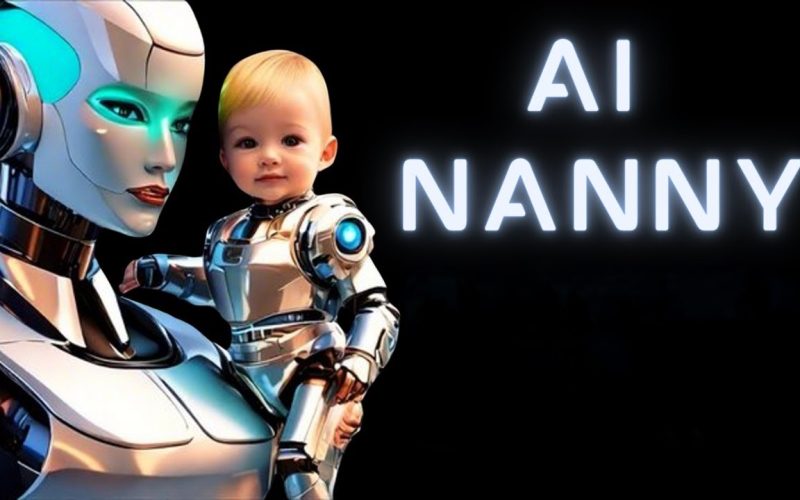Introduction
Imagine a robot caring for your child. It can tell stories, help with homework, and even keep your child safe. This might sound like science fiction, but it’s becoming real in 2025. Robot nannies, also called AI babysitters, are becoming popular with busy parents.
These smart robots are always available, keep kids entertained, and can send safety alerts. But some people worry about trusting robots with children. There are also concerns about how these robots use personal data.
In this article, we’ll talk about the good and bad sides of using robots in childcare. We’ll help you decide if robot nannies are a helpful technology or a risk to your privacy.
What Are Robot Nannies?
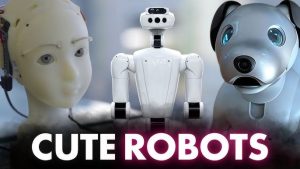
Robot nannies are smart machines designed to help care for children. They can look like toys or even humans. These robots use sensors, voice recognition, cameras, and special software to interact with kids. They can tell stories, play games, and watch how children behave.
Some robot nannies understand emotions. They offer personalized learning activities and can tell parents if something unusual happens. Parents can control these robots through smartphone apps. They can set rules, watch what’s happening live, and even speak to their kids through the robot.
These AI babysitters learn and improve over time by collecting data. They adapt to each child’s age, interests, and feelings to become better helpers.
How Do Robot Nannies Work?
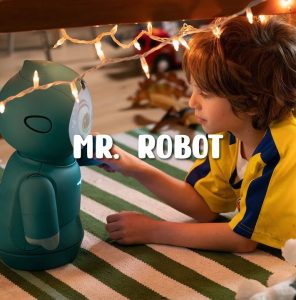
The core of a robot nanny is its artificial intelligence. Using real-time data from microphones, cameras, and motion sensors, it monitors a child’s activity. The robot can then respond with appropriate actions like soothing a crying child, suggesting an activity, or calling a parent if necessary.
Speech and facial recognition allow the robot to understand emotional cues. It can recommend breaks when kids get restless or alert adults when the child is in distress. All of this is powered by cloud-based servers that store data, run analysis, and improve algorithms over time.
The Role of Robot Nannies in Parenting
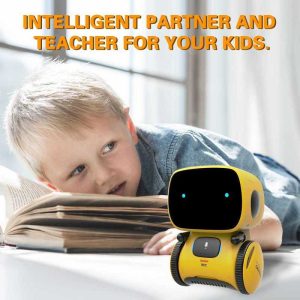
Robot nannies are becoming more important for parents today. They’re not here to replace parents but to support them. These robots can help kids learn, keep them company, and help keep them safe. For busy parents or those who work from home, robot nannies offer extra support.
Some families use robots as fun friends for their children or as learning helpers. As more people try robot nannies, they might soon become a regular part of family life.
Robot Nannies and Special Needs Children
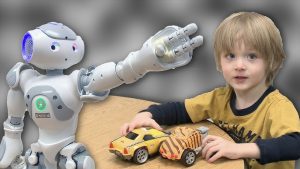
Robot nannies can be very helpful for children with special needs. These kids often need extra daily support, like reminders to eat, take medicine, or stick to routines. Robot nannies can handle these tasks without feeling tired or frustrated. They speak clearly, repeat instructions calmly, and follow the same schedule each day.
For children with autism, ADHD, or speech issues, robot nannies offer steady and calming care. This helps kids feel safer and more comfortable. Parents of special needs children often feel stressed or overwhelmed. A robot nanny gives parents extra help, allowing them some time to rest or focus on other things.
Emotional Impact on Children
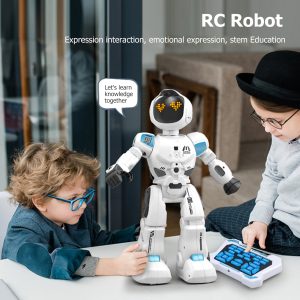
Children are naturally curious and responsive. Many enjoy engaging with robots, especially those designed to look and sound friendly. However, prolonged exposure to robot babysitters may reduce real-world interactions. Social skills, empathy, and emotional intelligence grow through relationships not screens.
There’s also the risk of emotional attachment. Some kids may treat robots like friends or caregivers. This creates confusion about what a relationship means, especially in early development. Balanced use, under adult guidance, is essential.
Privacy and Security Concerns
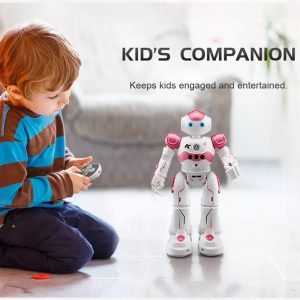
A major downside of robot nannies is data collection. These devices record audio, video, and behavioral data. Without proper safeguards, this data can be accessed, sold, or leaked. Many parents do not realize how much data is collected or who has access.
Manufacturers may share info with advertisers or third parties. Cyberattacks are another issue. A hacked robot could expose a family’s private moments or be used to harm children. Always read data policies, update software, and use strong passwords.
Tips for Safe Use of AI Babysitters

Parents should follow these tips to ensure safe and healthy use:
- Choose brands with strong privacy controls and reviews.
- Regularly check app settings and permissions.
- Explain to children how robots work and that they are not people.
- Limit screen time and balance robot use with real-world play.
- Don’t leave children alone with the robot for long periods.
Balance is key. Technology should assist parenting—not replace it.
What Experts Say About Robot Nannies

Experts see both promise and concern. Child development specialists argue that while AI babysitters can teach and entertain, they lack the deep emotional connection and social learning that children need. Privacy professionals worry about the constant collection of data. Voice recordings, video feeds, and location tracking can pose risks if not properly secured.
Healthcare providers note that robot nannies can support therapy and care, especially for children with anxiety, autism, or learning disabilities but only under human supervision. Overall, experts stress that robot nannies should assist, not replace, human interaction.
Global Regulations and Ethical Questions

Laws around AI in childcare vary worldwide. The EU’s GDPR law restricts how personal data can be stored and shared. In the U.S., regulations are still catching up. Some Asian countries lead in tech adoption, with Japan and South Korea already using robot helpers in schools and homes. Yet, even there, ethical concerns remain.
International organizations are pushing for child-specific AI safety standards. Ethical use includes transparency, limited data use, and child-safe design.
Challenges of Robot Nannies
Despite their growing popularity, robot nannies come with challenges that need to be addressed. Privacy is one of the main concerns, as these robots are often equipped with cameras, microphones, and sensors to monitor children. This raises questions about how secure the data collected is, and who can access it. Another challenge is the technology’s reliability. While AI systems are advancing, there is always the possibility that these robots could make mistakes or fail to handle situations correctly. This can create safety risks, especially when it comes to caring for young children. As robot nannies continue to improve, it will be crucial to address these concerns and ensure that they are safe and trustworthy.
Future of AI Babysitters in Parenting

Looking ahead, robot babysitters will become more advanced and deeply integrated into smart home ecosystems. These next-generation nannies will likely include features such as real-time emotional analysis, voice tone recognition, and even multilingual communication abilities to interact with children from diverse backgrounds. They may include emotion recognition, cultural sensitivity, and learning from multiple children at once.
Tech may be smart, but heart is irreplaceable. As AI continues to develop, it’s essential for parents, developers, and regulators to work together to ensure that these tools enhance rather than replace genuine human care. The future of parenting must embrace innovation while preserving empathy, emotional learning, and the value of real human connection.
Comparative Table: Robot Nannies vs Human Nannies
| Feature | Robot Nannies | Human Nannies |
|---|---|---|
| Availability | 24/7, no breaks | Limited hours |
| Emotional Intelligence | Programmed empathy | Genuine emotional support |
| Privacy Concerns | High due to data tracking | Low if not tech-based |
| Cost | One-time or subscription | Ongoing hourly or monthly pay |
| Supervision Needs | Needs app monitoring | Needs background checks |
| Learning Support | Interactive lessons, limited emotion | Adaptive, emotionally responsive |
| Customization | High with software updates | High through real-time observation |
Conclusion
Robot nannies are a fascinating development in modern parenting. These AI babysitters offer convenience, support, and safety for busy households. Yet they also come with questions around privacy, emotional growth, and ethical use.
Used wisely, robot nannies can be helpful tools. But they should always be guided by human care, love, and attention. As we welcome this new age of parenting tech, let’s keep the human connection strong.
Call to Action
Want to learn more about robot nannies and AI babysitters? Visit our blog for expert reviews, buying guides, and safety tips. Stay informed, protect your family, and parent with both tech and heart.






